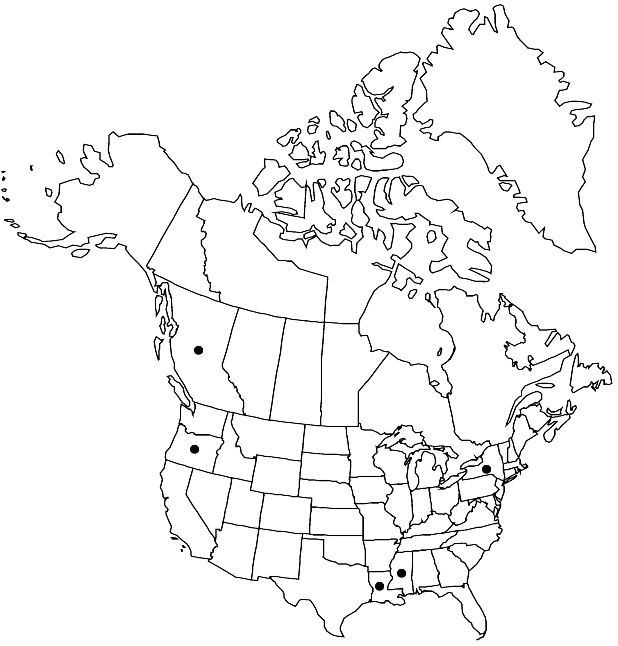Rorippa indica
Cat. Afr. Pl. 1: 24. 1896.
Annuals; usually glabrous, rarely sparsely pubescent. Stems erect, unbranched or branched proximally or distally, (0.6–)2–6(–7.5) dm. Basal leaves not rosulate; blade margins pinnatifid. Cauline leaves petiolate (to 4 cm) or (distal) sessile; blade lyrate-pinnatipartite or undivided, obovate, oblong, or lanceolate, (lobes 0 or 1–5 (or 6) on each side), (2.5–)3.5–12(–16) cm × (8–)15–40(–50) mm, base auriculate or not, margins entire, irregularly crenate, or serrate, (entire or denticulate distally). Racemes elongated. Fruiting pedicels usually ascending or divaricate, rarely slightly reflexed, straight, (2–)3–10(–15) mm. Flowers: sepals ascending, oblong-ovate, 2–3 × 0.8–1.5 mm; petals yellow, obovate or spatulate, (2.5–)3–4(–4.5) × 1–1.5 mm; median filaments 1.5–3 mm; anthers oblong, 0.5–0.8 mm. Fruits siliques, often curved-ascending, linear, (7–)10–24(–30) × 1–1.5(–2) mm; ovules (60–)70–110 per ovary; style (0.5–)1–1.5(–2) mm, (slender, narrower than fruit). Seeds biseriate or nearly so, reddish brown, ovate or ovate-orbicular, 0.5–0.9 mm (0.4–0.6 mm diam.), foveolate. 2n = 16, 24, 32, 48.
Phenology: Flowering most of the year.
Habitat: Roadsides, wet places, field margins, gardens, streamsides, ditches, flood plains, waste grounds
Elevation: 0-200[-3200] m
Distribution

Introduced; B.C., La., Miss., N.Y., Oreg., Asia, introduced also in Central America, South America.
Discussion
Nasturtium indicum (Linnaeus) de Candolle 1821, not Garsault 1764 is a combination and a later homonym of Rorippa indica.
Selected References
None.